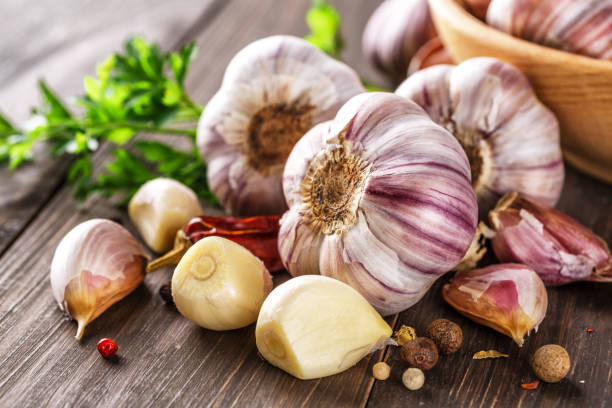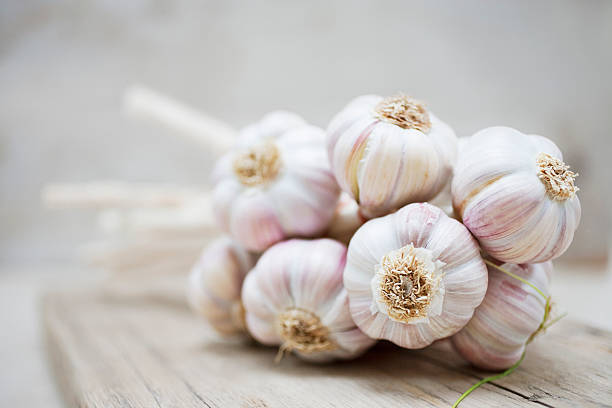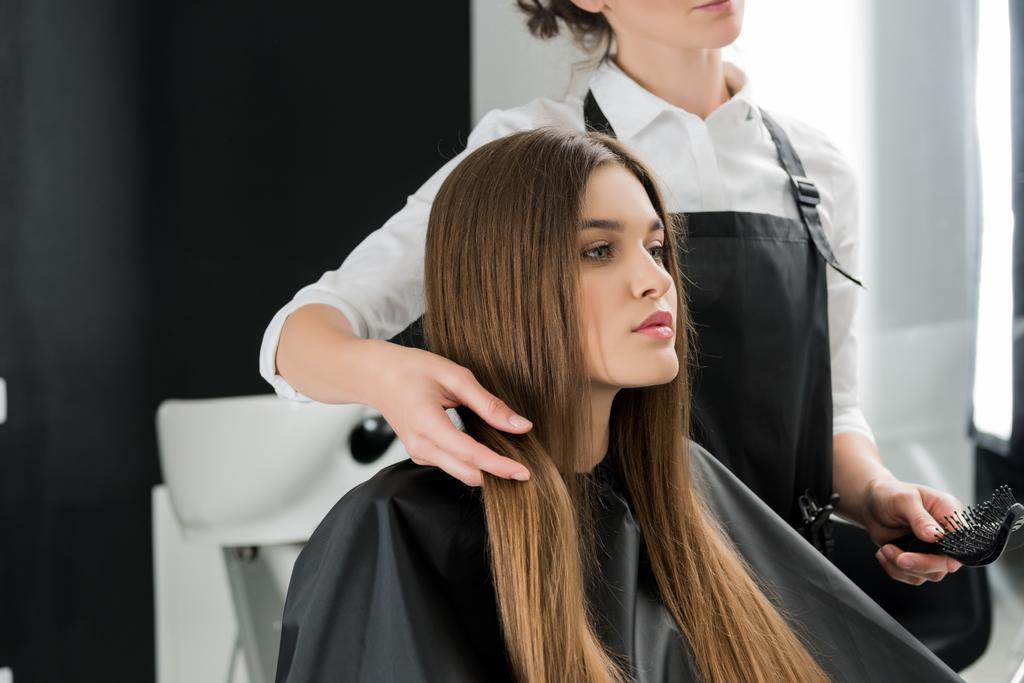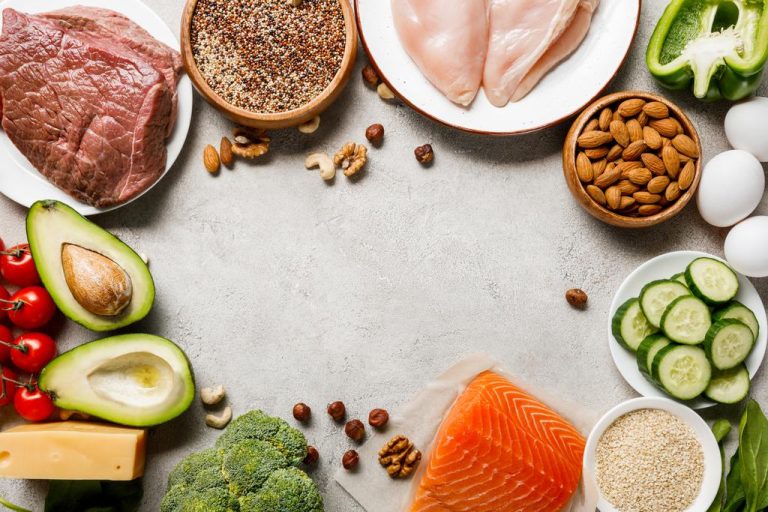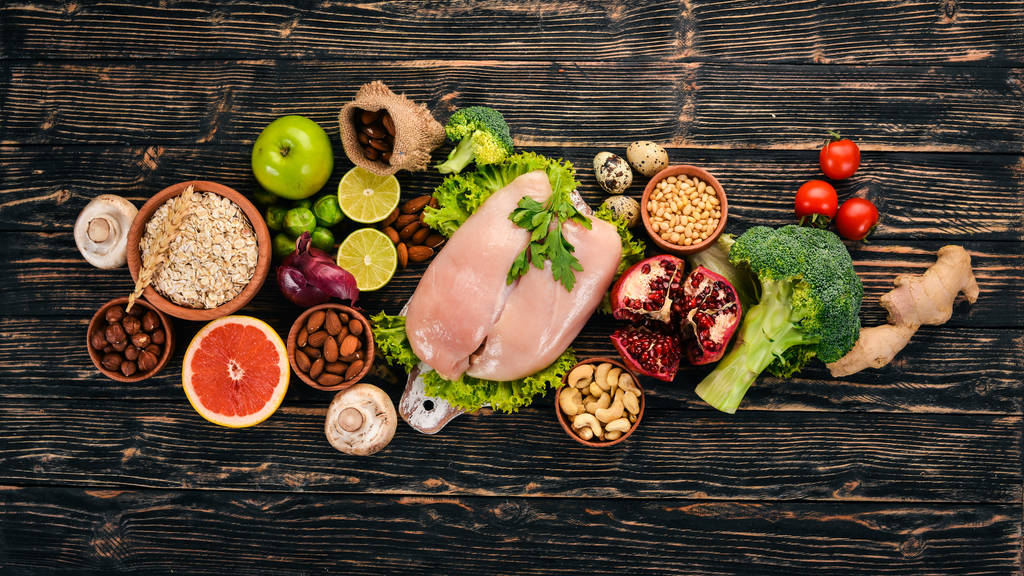Salads are light, tasty, and perfect when it gets warmer outside. Hearty dishes definitely have a hard time against our selection, because we have put together 10 salads that we can’t resist.
To go
Our bulgur avocado salad is one of our absolute favorites. Because it can be wonderfully prepared and taken to work the next day. Colleagues are guaranteed to be jealous.
Hello boss
The chef’s salad is one of the absolute classics among salads and should therefore not be missing from our list. With cheese, egg, and ham, even those who eat a lot don’t have to worry that the salad won’t fill them up.

¡Hola!
Mexico is pretty popular as a vacation destination right now. We’re bringing Mexican cuisine home with this salad creation. The spicy beef provides flavor and the tortilla bowls are visually appealing.
Unusual combo
Mango and tomato together? This combination sounds unusual at first, but it should definitely be tried once. The spice and fruit are rounded off with buffalo mozzarella.
Tasty sticks
Before the asparagus season is over, this salad should definitely end up on your plate. The healthy sticks and fruity oranges complement each other wonderfully and get you in the mood for summer. Serrano ham makes this salad even nobler.
The second violin
Admittedly, the salad only plays a supporting role in this dish. But if you can get kids so excited about greenery, there’s nothing wrong with that, is there? The small yeast cakes are easy to prepare and are guaranteed to be a hit at the next birthday party.
Protein bomb
This salad is packed with protein thanks to the salmon and eggs. In addition, one serving has just 266 calories. The right dinner for the beach figure project.
Healthy tubers
Potato salad is often made with mayonnaise and is unfortunately very greasy. Not to mention finished products. Our variant, on the other hand, is light and gets a special kick of freshness from the radishes and sprouts.
Cold instead of warm

Do you only eat beans and rice warm? Not correct! Our delicious salad with these two ingredients is the best proof. Pumpkin seeds and peach add the crunch and fruit factor. So delicious and perfect for the next picnic or barbecue event.
Vegan and delicious
This salad is delicious on its own or as a side dish. It doesn’t matter how, it’s vegan and light in any case, because one serving only needs 325 calories. By the way, vegetables and tofu together ensure the perfect mix of nutrients.

